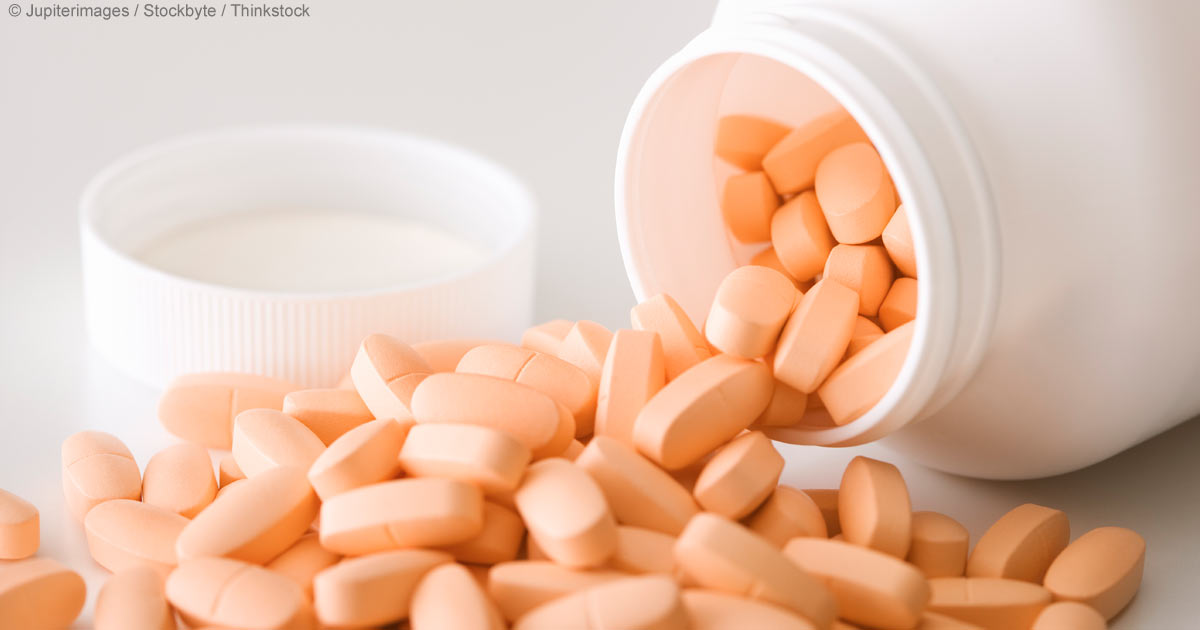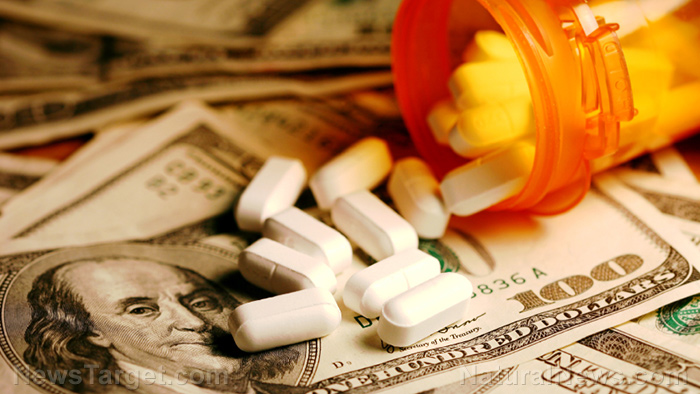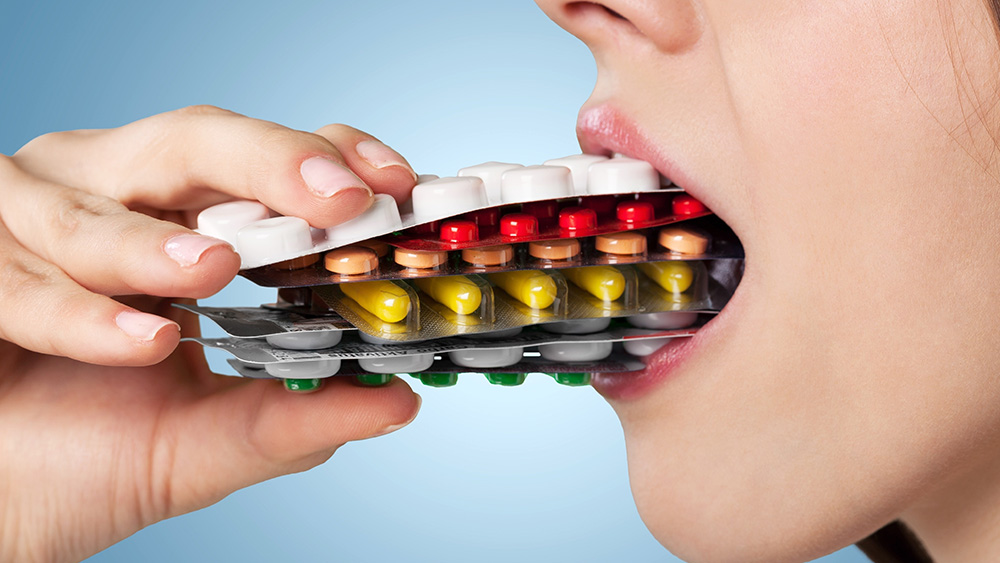High schoolers recreate Big Pharma’s $750 drug ‘Daraprim’ for only $2
12/16/2016 / By David Gutierrez

(NaturalNews) Last year, hedge fund manager Martin Shkreli had his company Turing Pharmaceuticals purchase the rights to anti-parasitic drug Daraprim, and immediately jacked the price up 5,000 percent, from $13.50 a pill to an astonishing $750. It was widely viewed as a quintessential example of Big Pharma price gouging.
Now, a group of Australian 11th graders has developed a new technique to make the drug’s active ingredient in their high school chemistry lab for the equivalent of just $2 a pill.
Daraprim, which is on the World Health Organization’s list of essential medicines, is used to treat parasites such as malaria or toxoplasmosis. It is the preferred treatment for those who have compromised immune systems, such as pregnant women, HIV patients or people undergoing chemotherapy.
Following widespread public outrage at its price gouging, Turing eventually cut Daraprim’s price for hospitals by 50 percent. The price for private consumers is still $750 per pill.
Open source research
The students at Sydney Grammar School were participating in a program where they collaborated with University of Sydney chemist Alice Williamson through the online research-sharing platform Open Source Malaria. The goal of the program is to find ways to use publicly available techniques and medications to treat malaria.
Daraprim’s active ingredient, pyrimethamine, is actually in the public domain (“off-patent”). Turing is the only U.S. company that sells the drug, however, due to a loophole in U.S. drug law.
The students began working to synthesize pyrimethamine shortly after news broke of Turing’s price hike.
“The background to this made it seem more important,” student researcher James Wood said.
The students began by looking up the patented method for making pyrimethamine, but then found that it involved a highly dangerous chemical that was inappropriate for a high school laboratory.
So the students had to find an entirely new method to synthesize pyrimethamine.
“The boys had to navigate a difficult step and do this in a different way, and they’ve managed to do that, and they’ve managed to do that in their high school laboratory,” Williamson said.
U.S. law protects Big Pharma
After 12 months of work, the students perfected their new technique and successfully produced 3.7 grams of pyrimethamine, which would cost as much as $110,000 if sold by Turing Pharmaceuticals.
It cost the students $20 to manufacture that quantity of the drug.
“It was ecstatic, it was bliss, it was euphoric,” student researcher Milan Leonard said. “After all of this time spent working and chemistry being such a high and low, after all the lows, after all the downs, being able to make this drug, it was pure bliss.”
“At first there was definitely disbelief,” student researcher Brandon Lee said. “We spent so long and there were so many obstacles that we, not lost hope, but it surprised us like ‘oh, we actually made this material’ and ‘this can actually help people out there.'”
Williamson subjected the chemical to spectrograph testing to confirm its purity.
“It’s one of the most beautiful spectrographs I’ve ever seen, actually,” Williamson said.
The students have published their new technique for free online, and presented their research findings at the Royal Australian Chemical Institute NSW Organic Chemistry Symposium.
Unfortunately, the students’ breakthrough is unlikely to affect drug pricing in the United States. Pyrimethamine already sells for just $1 to $2 per pill in nearly every other country on earth. Turing is able to continue its price gouging scheme only due to a loophole in U.S. drug law called the “closed distribution model.”
Under this framework, a generic version of a patented drug must first be proven in clinical trials to the patented version, in this case Daraprim. If the patent holder does not permit comparisons to take place, the new product must undergo the entire clinical trials process from scratch, at enormous cost.
Sources for this article include:
Tagged Under: Big Pharma, daraprim, pyrimethamine




















